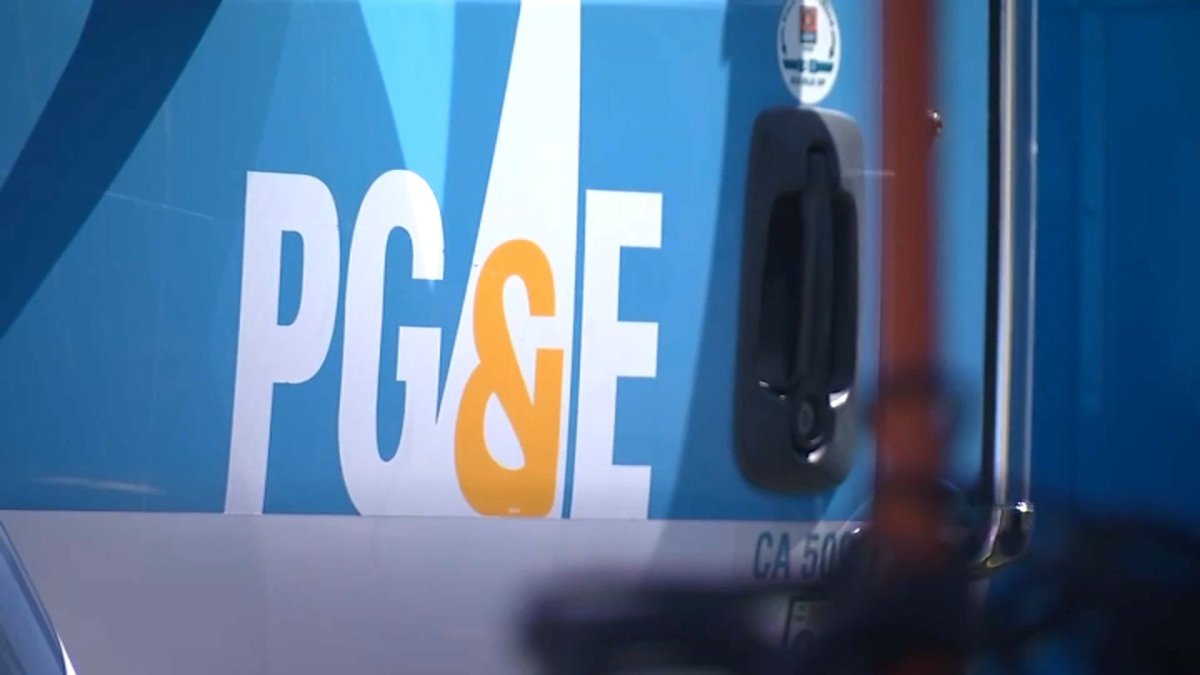During the first quarter of 2023, PG&E earned $623 million, an 18.2% jump in profits from the $527 million the company tallied during the same quarter in 2022, PG&E said Thursday in a quarterly report filed with the Securities and Exchange Commission.



TL;DR: PG&E has asked the CPUC to approve a 22% rate hike that factors in inflation and costs to move powerlines underground in high wildfire risk areas. The CPUC countered with “only” (my emphasis) a 12% rate hike and a proposal to insulate above-ground powerlines instead. The CPUC is set to decide on Nov 2.
My opinion: PG&E can go fuck themselves, and the CPUC can go help them, as per usual. If either of these organizations actually gave a flying fuck about people instead of dollars, they would cut executives’ million-dollar salaries before asking for yet another rate hike. Fuck PG&E and the CPUC.
But how can pge solve their shitty infrastructure if they don’t pass the cost to subscribers?! /s
Slash profits, fuckers. Take the hit. It’s the cost of doing business.
how is insulating them any less expensive. they have machines for pushing through underground cable and it seems like a lot less work than putting insulation on the equivalent stretch of above ground given the ladder/cherry picker type stuff they would have to use.
Anything that goes underground has another layer of diligence and bureaucracy involved. You have to check that no other underground services are in the same location as your power lines, and with underground fiber, gas, and water, that’s not always a given. If other services are in the same locations, then everything slows down to reduce the chances of causing damage.
Then, there’s the actual costs involved with underground work. Moving a cherry picker or four along basic power lines is likely cheaper and quicker than dredging, laying, and replacing soil. That’s assuming there are no driveways, permits required for roadway closures, environmental studies, and more.
thats the thing. we just had electric put underground near me and no dredging and replacing of soil was needed. this machine pushes this drill type of thing dragging the cable with it some distance. At least 40 ft but maybe more like 100. then they move it along and push it so many feet more. rinse, repeat. The machine is like the size of the machine is like a small trailer. its on two wheels and can be pulled about easily.
Were they replacing overhead lines?
That does sound like an easy and painless process. It would be cool if there’s some electric utility lurkers here to shed some light on what the true costs are
I think but the overheads are not down yet. It was pretty recent. Curiously our condo just recently had our lights replaced and they used something similar but a smaller version. It blew me away as I had not known something like that existed. Im not sure if its a realtively new technology or what but it would be great if underground became the norm.
LOL, as if $1M is real money. Not a tenth of a drop in the bucket. But let’s do the math!
Pretty outrageous sounding, even given most of that was “one time” rewards. Whatever.
$.003 paid to the CEO on every dollar in profit.
Executive pay ain’t the problem. Hint: It never is the problem, but it makes for a convenient point for the public to direct their ire.
IDGAF what they pay the suits, I want to know how a utility made $17B in profit.
It might not be the problem, but it’s still a problem.
So you think we should spend our political capital fighting CEO pay when cutting it to zero will have zero effect?
I see this notion a lot on social media, the idea that we can fight on every front. We cannot. Political capital is money, or battlefield assets, if you will. You only have $X to spread around, punch where it counts.
It doesn’t matter how righteous your cause. For anything one wishes to accomplish, there’s power and money that does not wish that thing accomplished.
The young say, “We can fight everything, everywhere, all at once! We have energy and morality on our side!”
The old say, “Ain’t got the energy. Kick 'em in the fork.”
More of this black and white thinking as though multiple things can’t be tackled at the same time or consecutively. 🙄 Way too common here. You don’t have to ignore or deny one problem just because there are bigger problems.
Your response is exactly what I’m trying to address.
Spend energy fighting where it counts.
Yes, there’s an infinite amount of energy to be spent in social media commentary, not so much IRL.
And your response is exactly what I’m trying to address. Too many people take a black and white this or that approach. Again, you don’t have to ignore or deny one problem in order to focus on a bigger one.
That’s about $425 per resident of California, FWIW.
Net income, after expenses are completely deducted, was substantially less - $406,000. About $10 per resident of California.
If you really do want to know what the money comes from and is spent on, I’m pretty sure it’ll be in the financial reports in much more detail.
Source: https://www.macrotrends.net/stocks/charts/PCG/pacific-gas-electric/net-income
You have read these charts wrong. The 17B figure is 12-month trailing gross profit. You are referencing quarterly net income (and you’ve also made a typo, saying 406 thousand instead of 406 million). If you want to compare the “per resident” calculation (which I don’t even see the point of), make your units match. Trailing 12-month net income is 1.944B, so more like $50 per person.
Now to make the “per resident” metric actually have any meaning:
First, if we’re talking yearly profit skimming off of a utility, our goal is to estimate overcharges per billing address. Census data reports about 38.9 million residents and an average family size of 2.92 - but that’s not enough, because PG&E doesn’t serve the entire state. They serve about two thirds of the state - taking this into account, a very rough estimate (because population isn’t evenly spread across a state) is that they service 8.7 million households. Thankfully for us, they directly report how many households they serve, and the actual number is about 5.2 million.
$374. The average yearly bill for a PG&E customer is $374 pure profit for the company. Now that’s a more useful metric.
Oh, and that’s assuming none of their operating expenses are inflated - which they likely are. So that’s a lower bound for how much they’re ripping off each household.